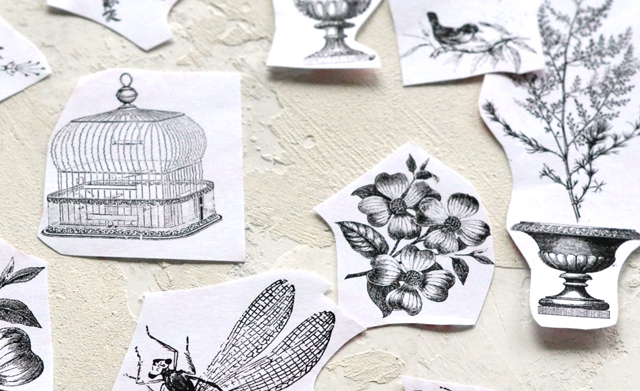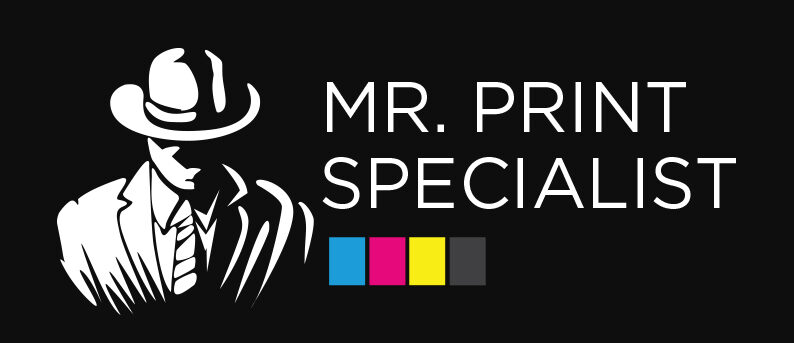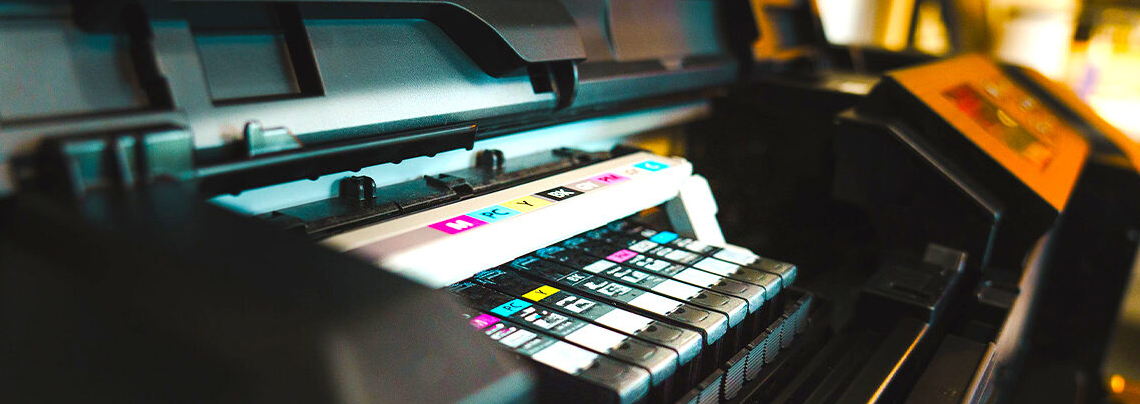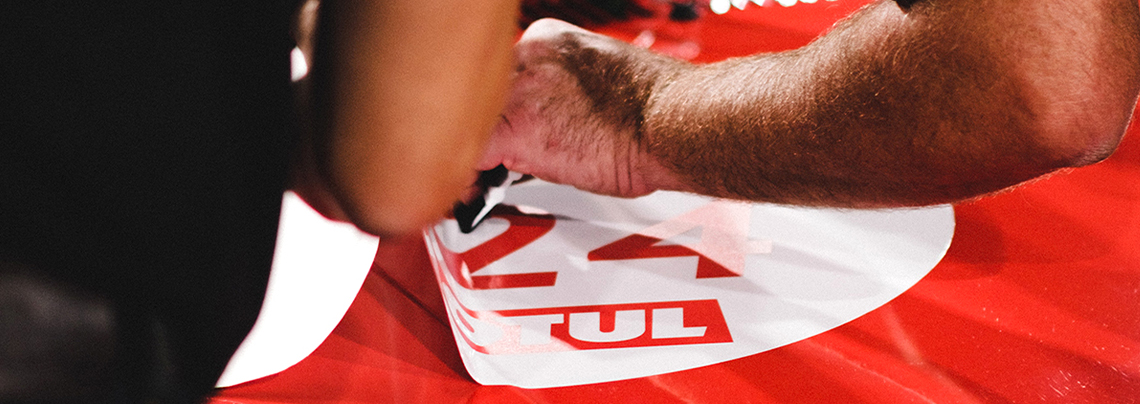DIY printing and professional printing are both reasonable. However, it depends on where you intend to use these printed tools to achieve the desired outcome.
Say you work in a creative field. Creating artwork is a no-brainer because it is like the air you breathe.
You want to add each packaging a personal touch that reflects your artistic vision and wants to impress clients.
So you are torn between printing your artwork DIY or seeking the help of a trusted printing company, but you are tight on budget.
Here’s the takeaway. Staying consistent in branding elements, especially the colours, is vital for easy recognition.
“According to a report, colour is one of the most crucial factors that helps boost brand recognition by 80%. This attribute resonates with why choosing a signature brand colour is vital.” – Fit Small Business
With that, we created a set of comparisons between DIY printing and professional printing to help you decide which best suits your needs.
Let us start:
Cost

DIY Printing: It is no secret that DIY printing is inexpensive, so long as you have all the materials needed. This is reasonable for small-scale projects, label DIY crafts, custom stickers, flyers, and other uses. It pays to be mindful of where you plan to use the printed tools before making an impulse decision.
Professional Printing: It may be more expensive for small projects but cost-efficient for large-scale projects. Say you want to print stickers. Printing in bulk can save you more because of the discounts. This is ideal for businesses and organisations that need large print runs.
Quality

DIY Printing: The quality of printed copies in DIY printing may not be as excellent as relying on professional printing services. It also varies on the type of printer and materials you use. You can guarantee their quality if it is a document, photo, craft project label, etc.
Professional Printing: If you expect high-quality print branding materials such as banners, business cards, custom decals, or brochures, seeking the help of a reliable sticker printing provider is crucial. They have advanced equipment and experienced staff to deliver exceptional results. This will boost your brand identity and resonate with customers.
Materials and Finishing Options

DIY Printing: In DIY printing, the materials used can be found at home or in the office. Usually, they are paper stocks, which are the common materials used. However, finishing will require a unique printing process that a DIY may not achieve.
Professional Printing: A professional printing company offers various materials, finishes, and printing techniques to make your print stand out. It is more reasonable to opt for this method to create a first and lasting impression. This option is ideal for building brand awareness, product labels, promotional merchandise, and other business purposes.
Time

DIY Printing: DIY printing offers convenience and quick turnaround time for small projects since it can be done at home. You have immediate access to the equipment, allowing you to print at any time of the day.
Professional Printing: A professional printing service can help you get the job done if your project is complex and requires large print runs. This is the most reasonable option to save time, resources, and hassle.
Additional factors to keep in mind:
Type of Project: The project you wish to print will depend on whether you use a DIY or professional printer. Professional printing is a good option for printing brochures, but if it is photos or documents, DIY is a better choice.
Quantity: DIY can be used to make a small number of prints for personal projects unless you plan to use them for promotional and branding purposes.
Budget: Set a realistic budget based on where you intend to use the printing products. You can achieve that specific goal without compromising the quality and resources.
Expertise: Your knowledge of the printing process matters to ensure that it is printed correctly and that the colours are accurate.
Final Thoughts
To wrap up, knowing which is more reasonable will depend on your requirements and resources. Both DIY printing and professional printing have merits. It is crucial to assess your specific needs, budgets, and expertise required to help you determine which approach is the most reasonable for your situation.




